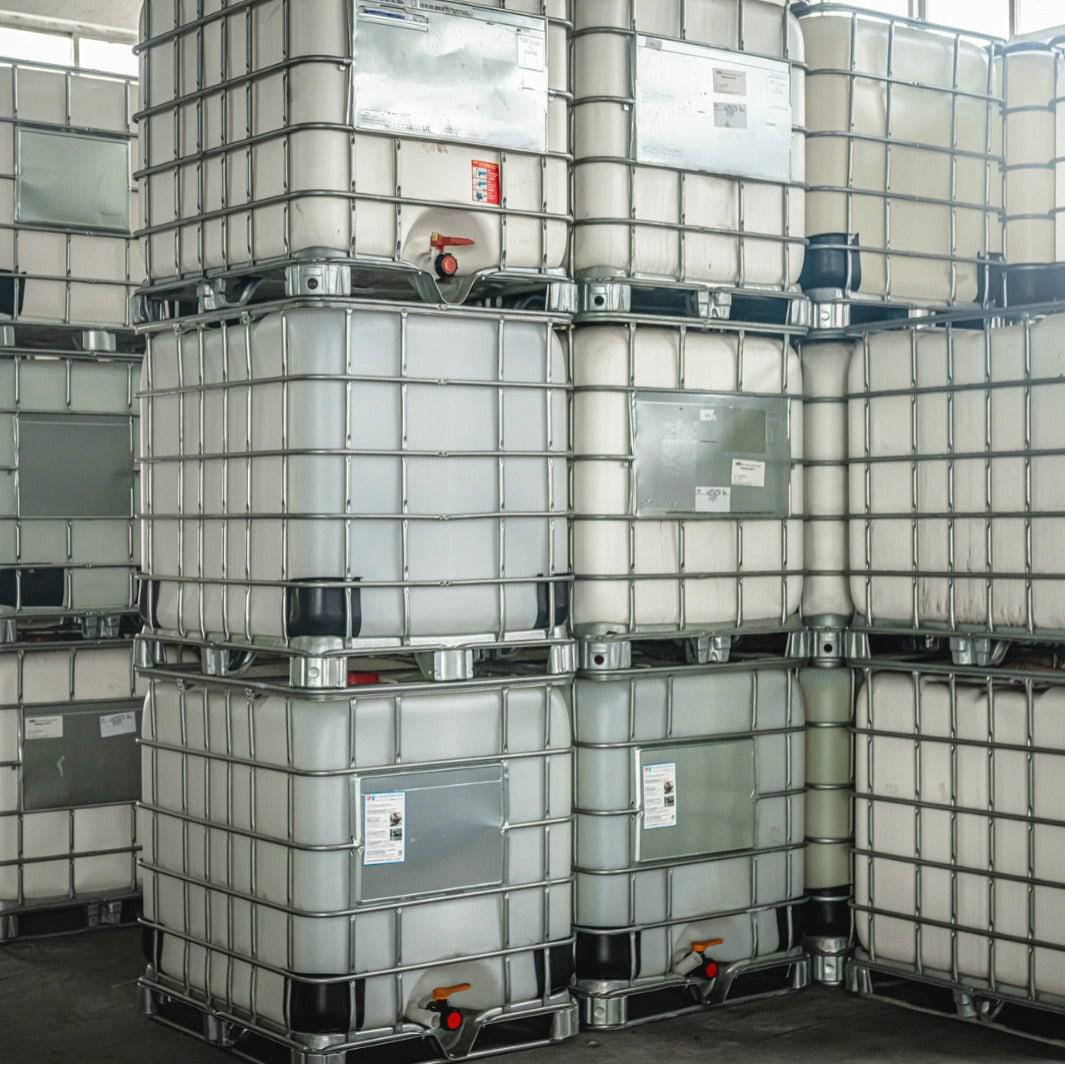Not known Factual Statements About Chemie
Table of ContentsNot known Factual Statements About Chemie The Single Strategy To Use For ChemieGetting The Chemie To WorkGetting The Chemie To Work3 Easy Facts About Chemie DescribedChemie - Truths
By Bojanna Shantheyanda, Sreya Dutta, Kevin Coscia and David SchiemerDynalene, Inc. Liquid cooling, which can be attained making use of indirect or straight ways, is used in electronic devices applications having thermal power thickness that may exceed safe dissipation through air cooling. Indirect fluid air conditioning is where warmth dissipating digital elements are literally separated from the liquid coolant, whereas in instance of direct cooling, the components remain in straight call with the coolant.In indirect cooling applications the electric conductivity can be vital if there are leakages and/or spillage of the liquids onto the electronic devices. In the indirect air conditioning applications where water based fluids with rust inhibitors are generally made use of, the electrical conductivity of the liquid coolant primarily depends on the ion focus in the fluid stream.
The increase in the ion focus in a closed loophole liquid stream may take place due to ion leaching from steels and nonmetal components that the coolant liquid touches with. During procedure, the electrical conductivity of the liquid may raise to a level which can be harmful for the air conditioning system.
All about Chemie
(https://chemie999.bandcamp.com/album/chemie)They are bead like polymers that are capable of exchanging ions with ions in a solution that it touches with. In today work, ion leaching tests were executed with numerous metals and polymers in both ultrapure deionized (DI) water, i.e. water which is treated to the highest possible degrees of purity, and low electrical conductive ethylene glycol/water blend, with the determined change in conductivity reported gradually.
The samples were permitted to equilibrate at room temperature level for two days prior to taping the initial electric conductivity. In all tests reported in this research study liquid electrical conductivity was gauged to an accuracy of 1% making use of an Oakton CON 510/CON 6 collection meter which was adjusted prior to each dimension.
Some Known Incorrect Statements About Chemie
from the wall heating coils to the center of the heater. The PTFE example containers were positioned in the furnace when consistent state temperature levels were reached. The test configuration was eliminated from the heater every 168 hours (7 days), cooled to space temperature level with the electric conductivity of the liquid measured.
The electric conductivity of the liquid sample was monitored for a total of 5000 hours (208 days). Schematic of the indirect closed loop cooling down experiment set up. Parts utilized in the indirect closed loop cooling down experiment that are in call with the fluid coolant.

The Ultimate Guide To Chemie
During operation the liquid storage tank temperature level was kept at 34C. The change in fluid electrical conductivity was kept an eye on for 136 hours. The liquid from the system was accumulated and saved. Closed loop examination with ion exchange material was lugged out with the very same cleansing treatments used. The preliminary electric conductivity of the 230ml UP-H2O in the system determined 1.84 S/cm.

0.1 g of Dowex material was contributed to 100g of liquid examples that was taken in a separate container. The blend was mixed and change in the electrical conductivity at area temperature level was determined every hour. The gauged change in the electrical conductivity of the UP-H2O and EG-LC examination liquids containing polymer or metal when engaged for 5,000 hours at 80C is revealed Number 3.
The 4-Minute Rule for Chemie
Ion seeping experiment: Measured change in electric conductivity of water and EG-LC coolants having either polymer or metal samples when immersed for 5,000 hours at 80C. The outcomes show that metals added less ions into the fluids than plastics in both UP-H2O and EG-LC check that based coolants.
Liquids including polypropylene and HDPE displayed the most affordable electrical conductivity adjustments. This can be as a result of the short, rigid, straight chains which are much less likely to add ions than longer branched chains with weaker intermolecular forces. Silicone additionally did well in both test liquids, as polysiloxanes are usually chemically inert because of the high bond power of the silicon-oxygen bond which would avoid degradation of the product into the liquid.
Rumored Buzz on Chemie
It would be expected that PVC would generate comparable results to those of PTFE and HDPE based on the similar chemical frameworks of the products, however there might be various other contaminations present in the PVC, such as plasticizers, that may impact the electric conductivity of the liquid - dielectric coolant. Furthermore, chloride groups in PVC can likewise seep right into the examination liquid and can create a rise in electric conductivity
Polyurethane totally broke down into the examination liquid by the end of 5000 hour test. Before and after images of steel and polymer samples submersed for 5,000 hours at 80C in the ion leaching experiment.
Measured adjustment in the electric conductivity of UP-H2O coolant as a feature of time with and without resin cartridge in the closed indirect air conditioning loophole experiment. The determined modification in electrical conductivity of the UP-H2O for 136 hours with and without ion exchange resin in the loophole is revealed in Figure 5.